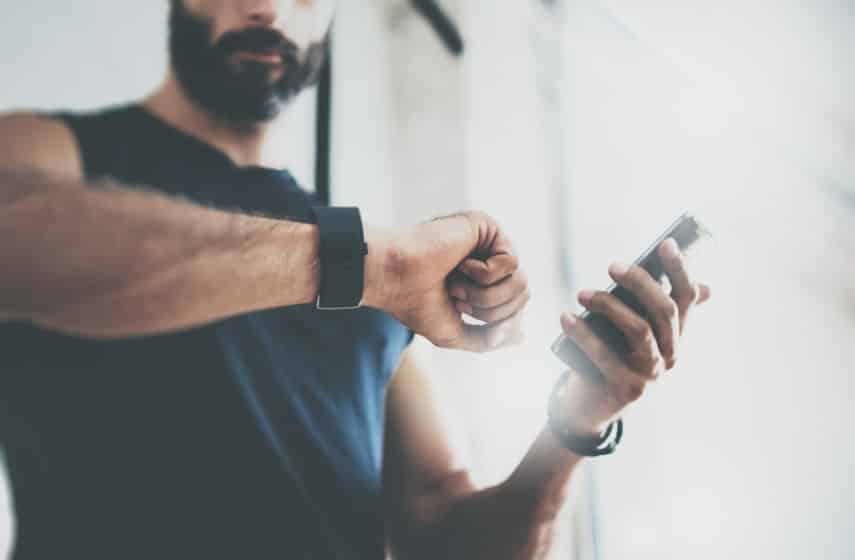By John Hand –
The days of guessing are long gone. Caller ID tells us who is on the opposite end of the line, cameras on doorbells let us know who’s knocking and GPS reports where everyone is. The age of information also has revolutionized the basic workout. Fitness trackers can now flag users on many metrics from a workout session and report on a person’s general health.
This boom started about a decade ago when wearable fitness trackers, such as Nike iPod and Fitbit surfaced. Since then, the market for fitness data has exploded, and companies like Apple, Whoop and Garmin all developing their own monitoring devices. By 2016, fitness tracking devices had exploded into a $7.58 billion business in the U.S. alone. By 2028, the U.S. market will grow further to almost $35 billion. At the same time, the global demand for these monitors will be more than three times this amount, touching $120 billion, according to ResearchAndMakets.com.
The surge in demand is the byproduct of different influences, but increased interest in home workouts during the COVID-19 pandemic helped drive both sales and product availability, Fortune Business Insights reported.
There is no shortage of available fitness devices, each putting its twist on how and what metrics it reports. Brands like Whoop only display data through an app accessible on a smartphone, while a Fitbit will send info right to a wristwatch.
The exact data fitness trackers provide also varies by brand. SI Showcase reported that
the Whoop Strap 4.0 delivers information on everything from blood oxygen levels to skin temperature and heart rates. Other devices like the Fitbit Charge 4 give more insight into sleep and stress levels. The report also noted that fitness monitors even come in the form of a water bottle, albeit a smart one. HidrateSpark, for example, created a container that encourages users to hydrate properly by alerting them when it is time to drink water.
Data aside, these devices are often seen as digital trainers. In effect, personal motivational mechanisms to get people off their duffs and work up an increasing sweat. This is probably where trackers are most beneficial, according to a report in The American Journal of Medicine. These digital nudges can be as simple as encouraging users to reach a step goal or reminding them to get up from sitting too long at a desk. Some brands, such as Garmin, allow users to share data or create fun ways to track and compare fitness levels with other users.
Encouraging activity is beneficial, but whether fitness monitors help users get into better shape is still up for debate.
One reported problem is that the data monitor supply can be faulty. A study cited in the National Library of Medicine found that fitness monitoring devices may overestimate sleep and underestimate awake time. This study concluded the most accurate way to get sleep reading is through a sleep lab. Another research project reported that chest monitors were more accurate than wrist fitness trackers when reading heart rates.
The American Journal of Medicine report put an even bigger damper on the overall health impact of these monitors. It notes there is little evidence to suggest that they help fight chronic heart disease issues or even directly help users lose weight.
“Wearable devices play a role as a facilitator in motivating and accelerating physical activity, but current data do not suggest other consistent health benefits,” it explained.
Reasons for purchasing a monitor differ from person to person. Some want to record the impacts of workouts; others want to be motivated or reminded to get moving. Then some users hope these devices will improve sleep or reduce stress. Are they effective? Depends. What’s undeniable is that they add to the growing wealth of information on personal health.












